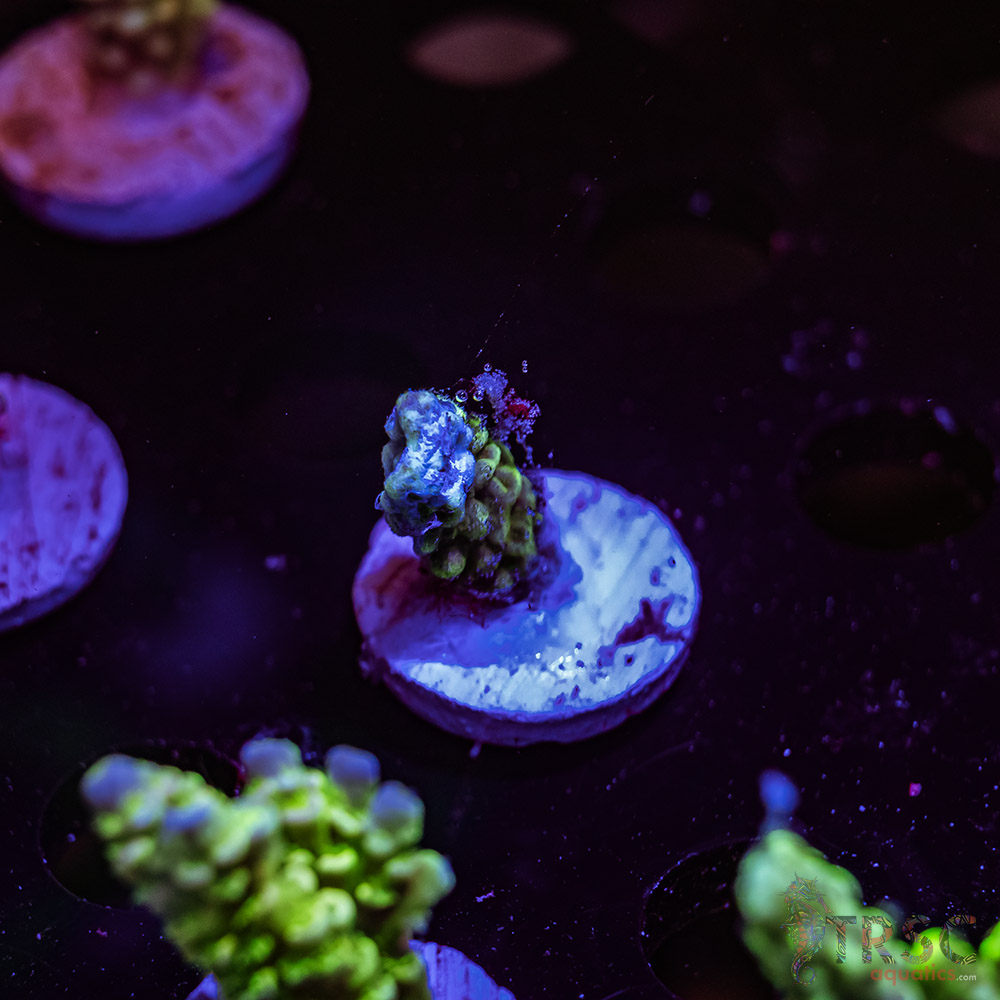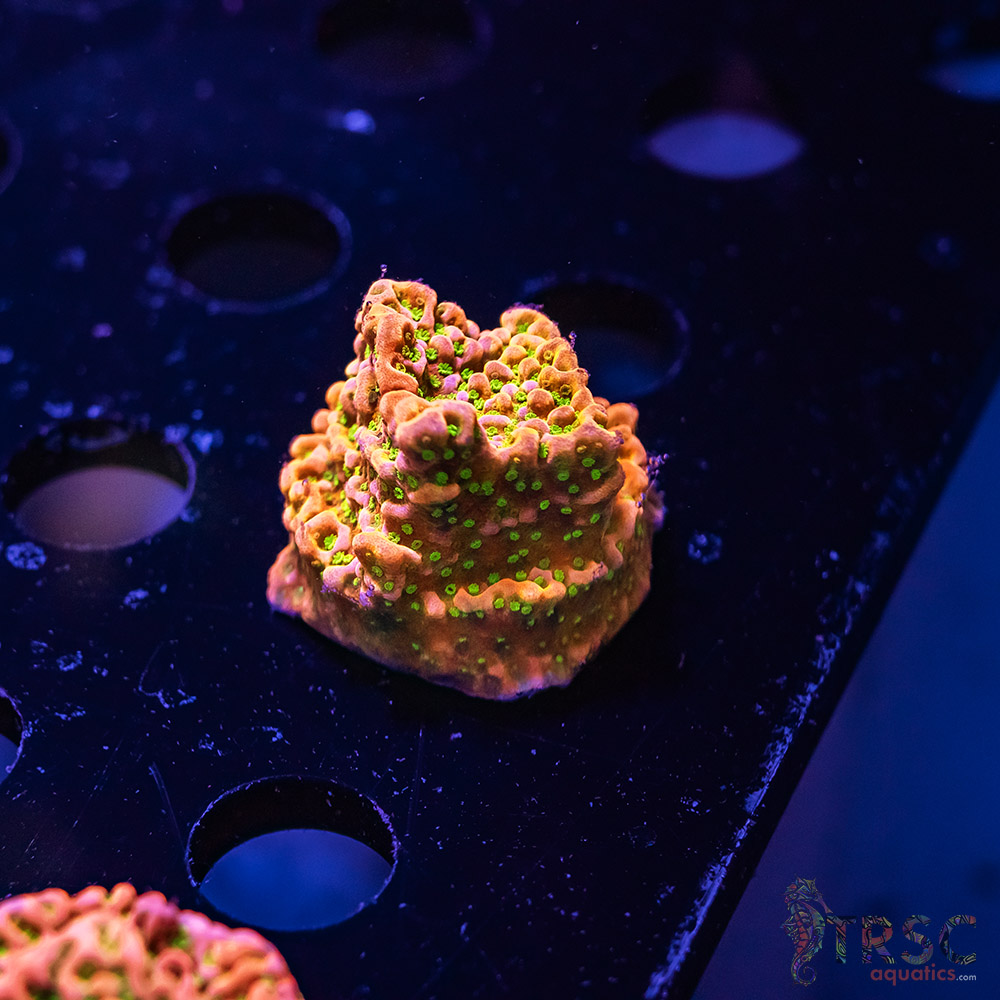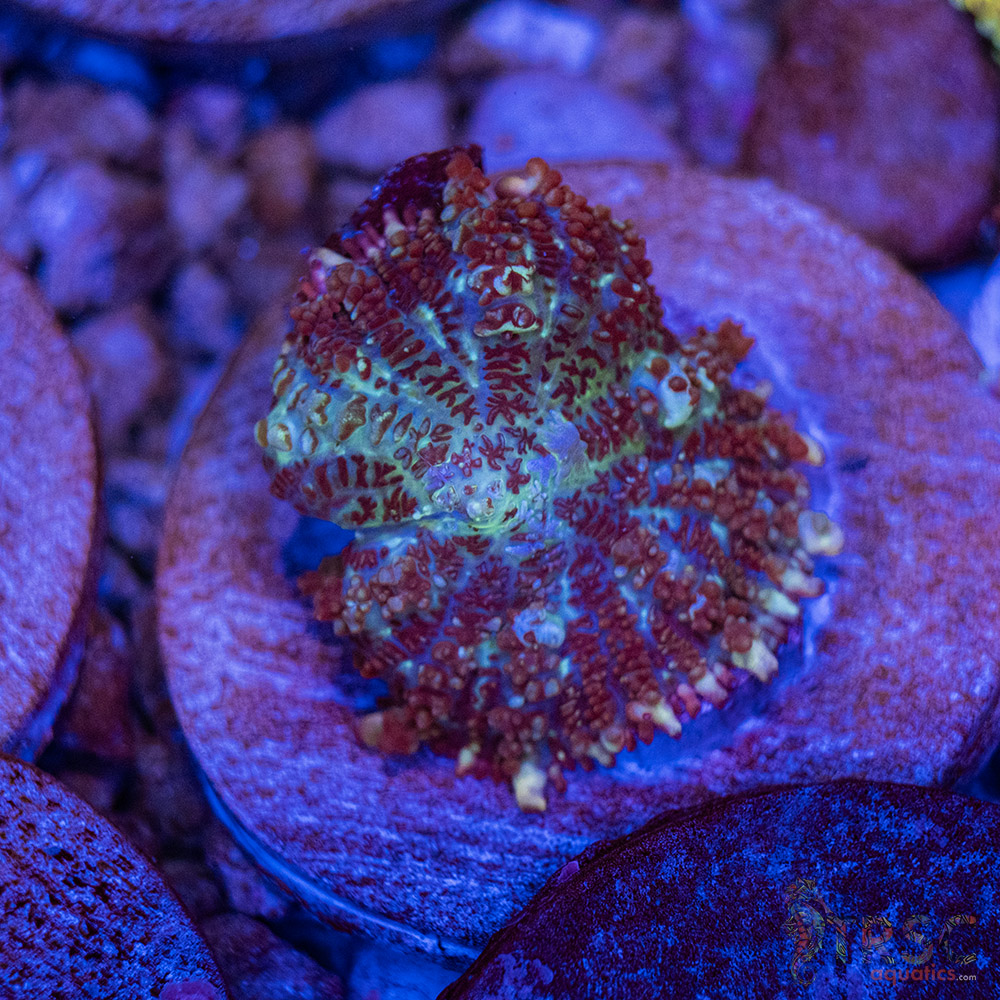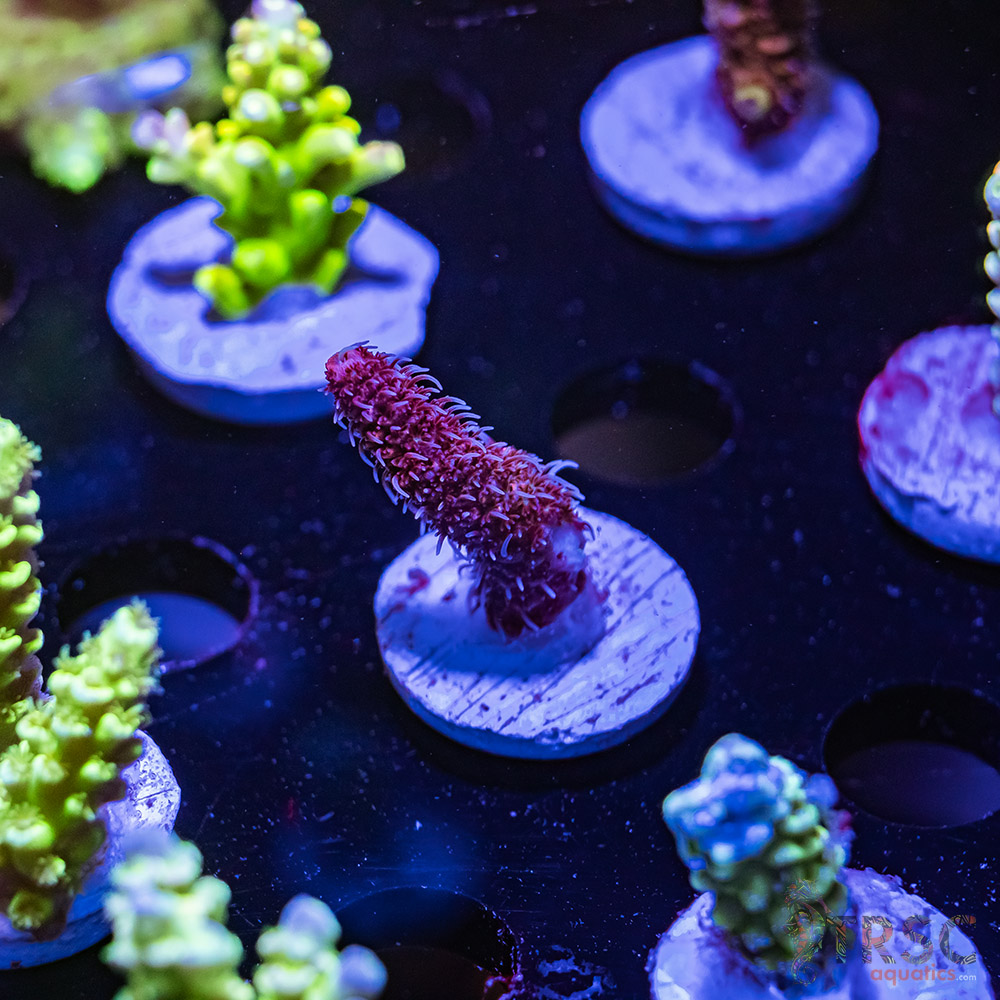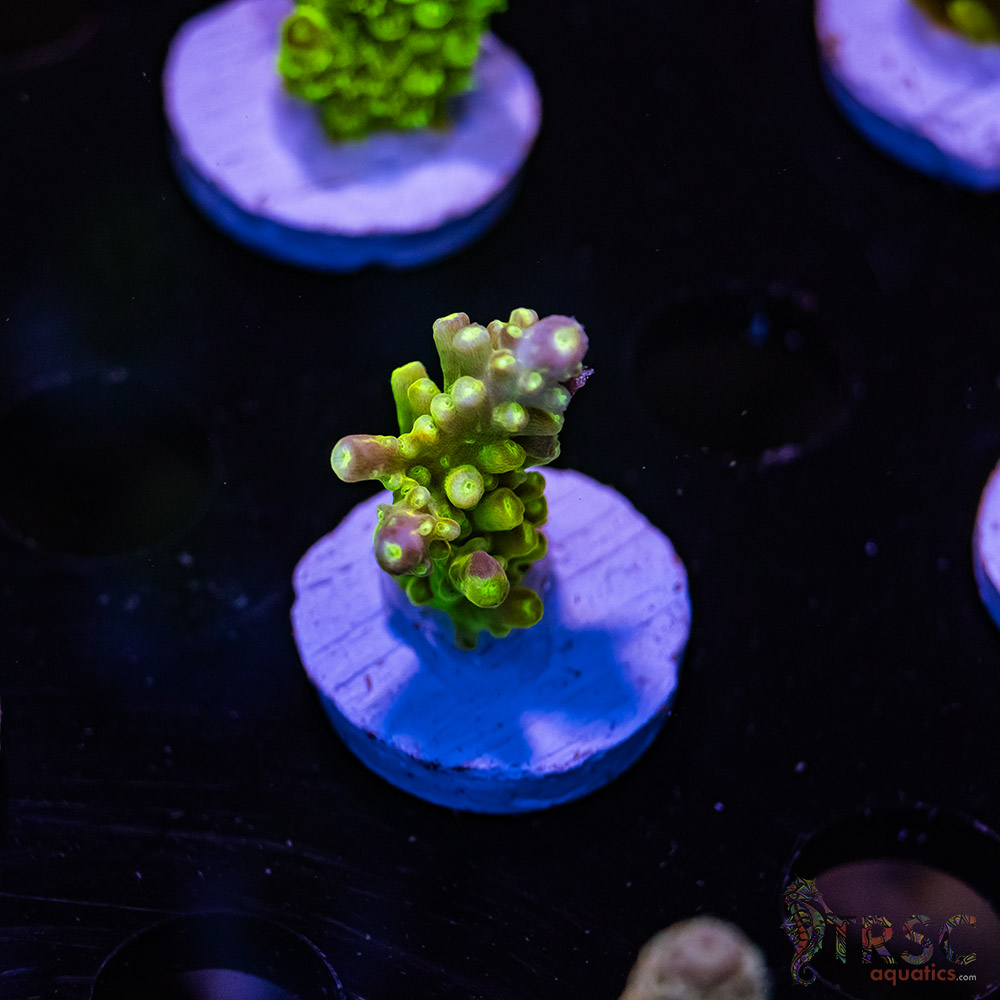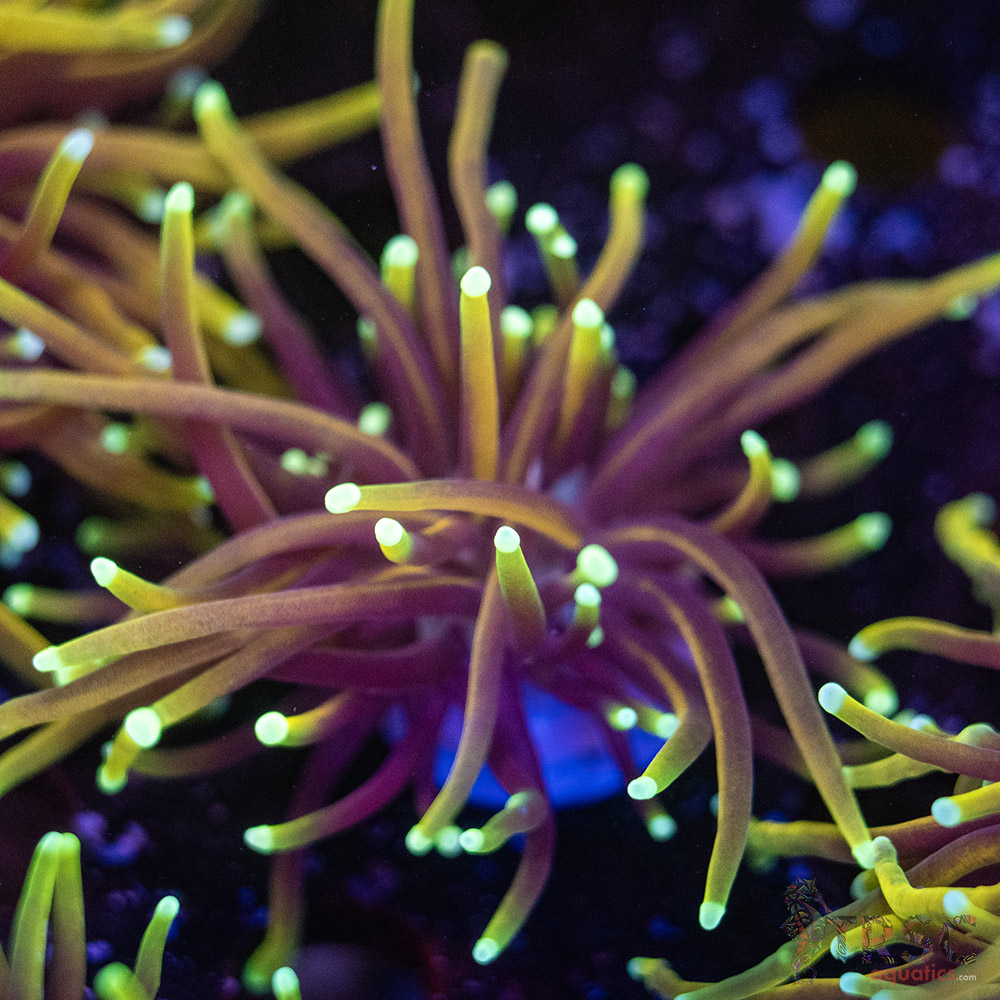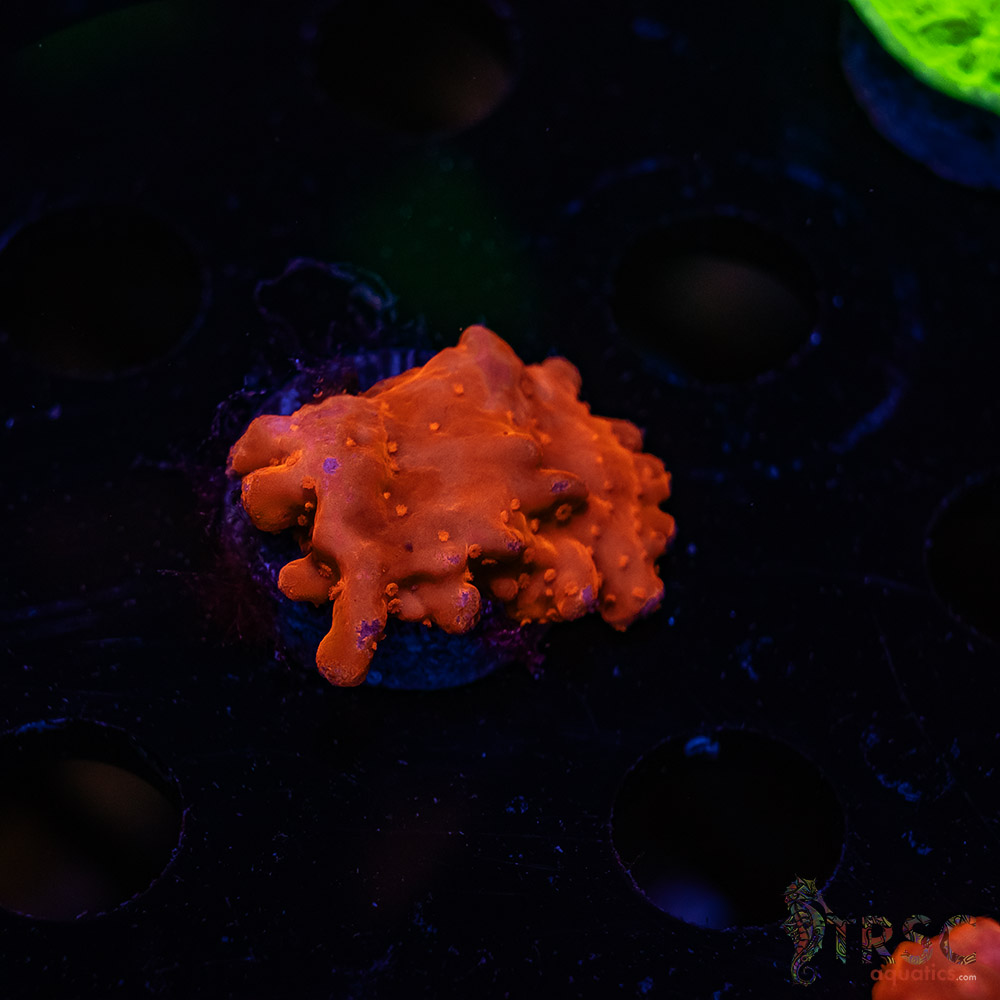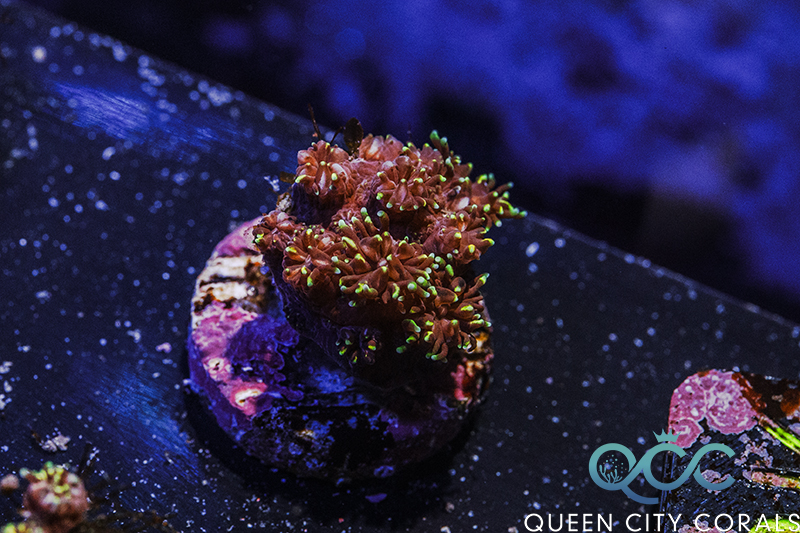What Are Galaxea Corals?
Galaxea corals are large polyp stony (LPS) corals known for their vibrant fluorescent coloration and potent sweeper tentacles. While stunning and hardy, they require strategic placement due to their aggressive nature.
Lighting Requirements
- Intensity: Moderate (PAR range: 80–150)
- Type: LED or T5 preferred
- Placement: Mid to bottom tank zones with indirect exposure
Water Parameters
- Temperature: 76–80°F (24–27°C)
- Salinity: 1.025–1.026 SG
- Alkalinity: 8–9 dKH
- Calcium: 400–450 ppm
- Magnesium: 1250–1350 ppm
- Nitrates: <10 ppm
- Phosphates: <0.03 ppm
Feeding & Nutrition
Feeding boosts coloration and tentacle extension:
- Recommended Foods: Reef roids, brine shrimp, copepods
- Timing: Evening when tentacles are active
- Frequency: 2–3 times weekly
Managing Aggression
- Galaxea deploys long sweeper tentacles—up to 6 inches!
- Keep at least 6–8 inches away from neighboring corals
- Use physical barriers or low-flow zones to limit reach
- Ideal tank mates: slow growers and non-aggressive LPS
Propagation Tips
- Use a rotary tool or coral saw for precision cuts between polyps
- Dip frags in iodine and allow recovery in low-stress frag tank
- Monitor for delayed polyp extension post-fragging
Common Issues
- Stinging neighbors: Rearrange corals or increase space
- Tissue damage: Check for chemical warfare and flow issues
- Detritus buildup: Increase indirect flow around coral base
